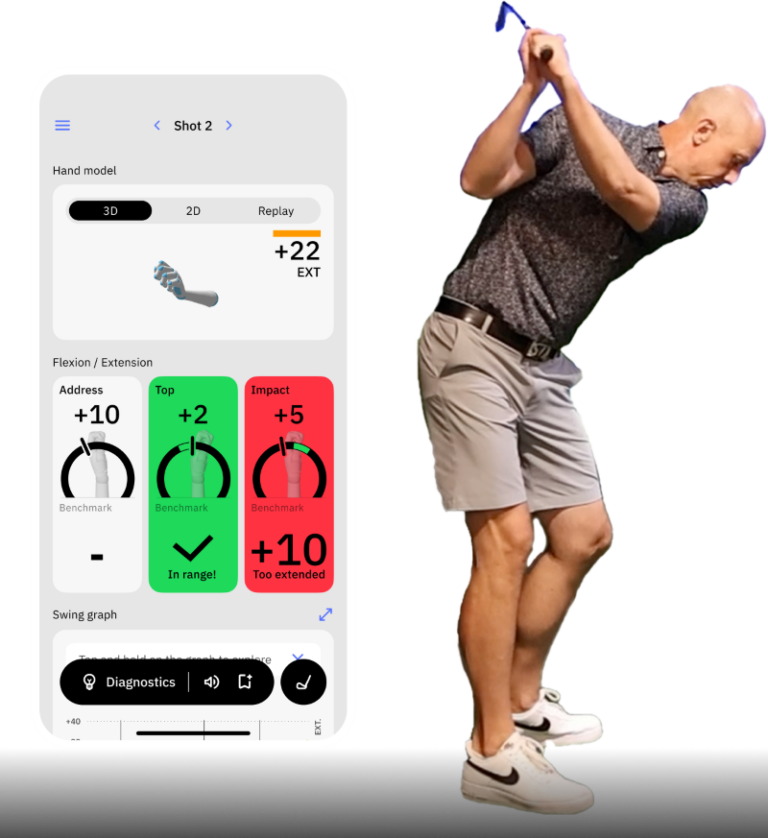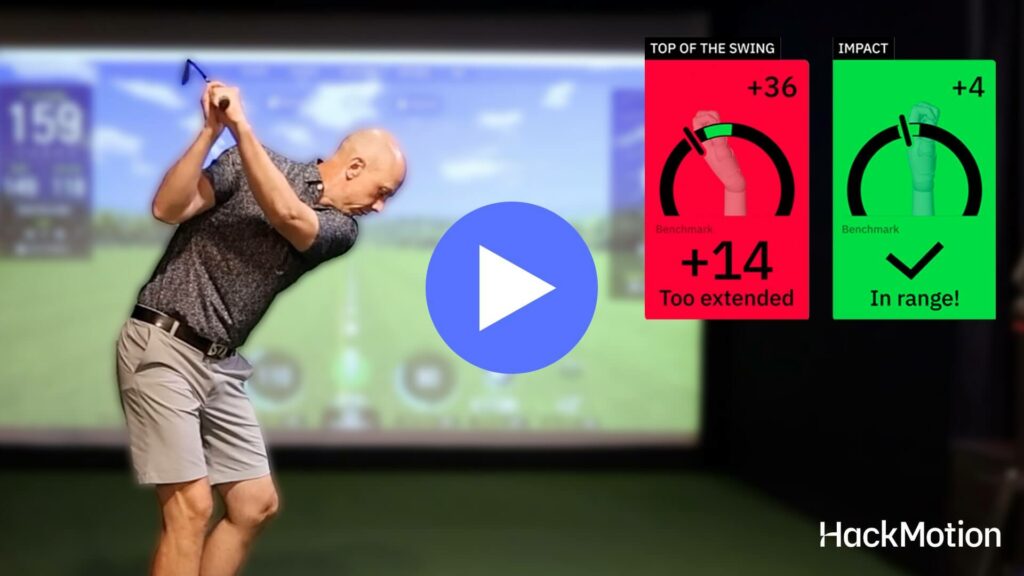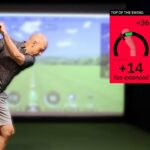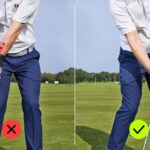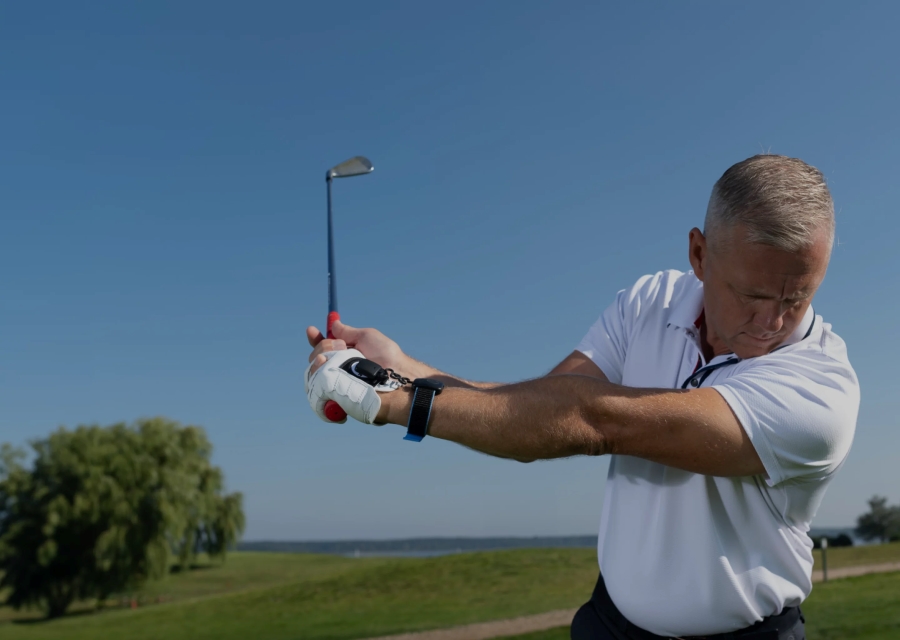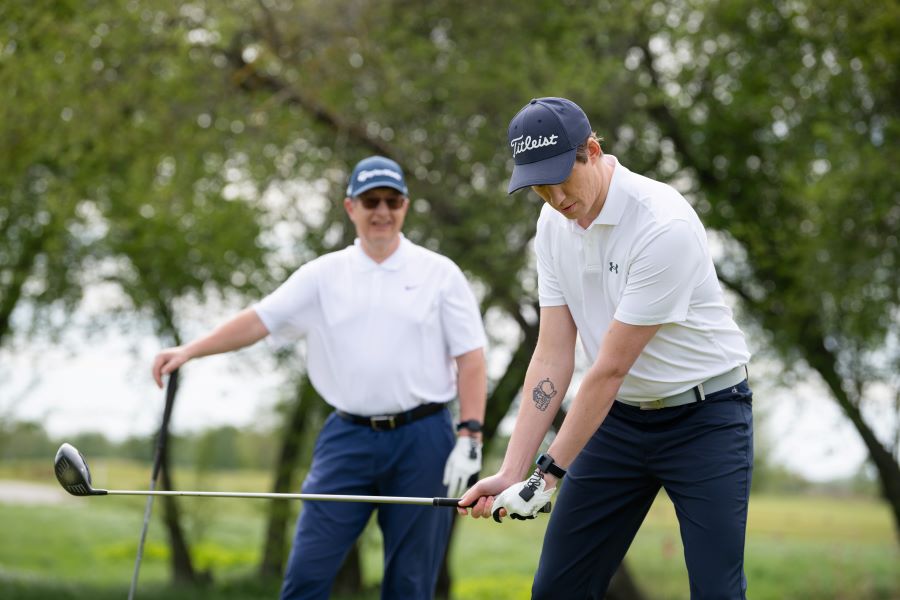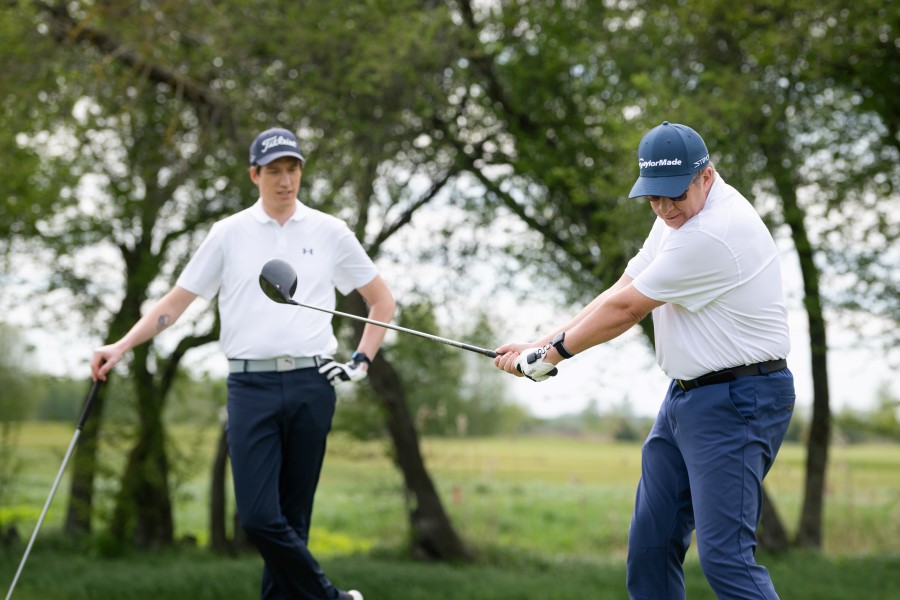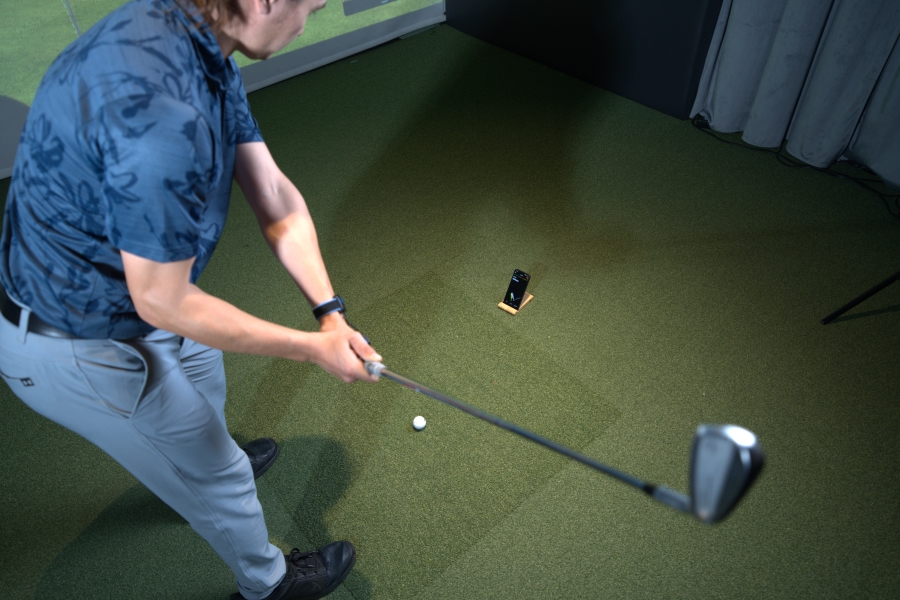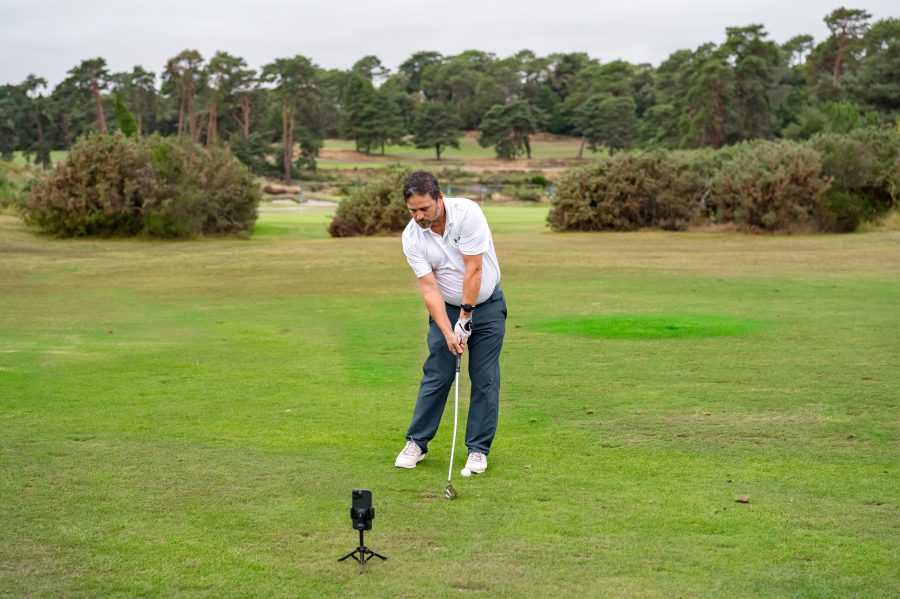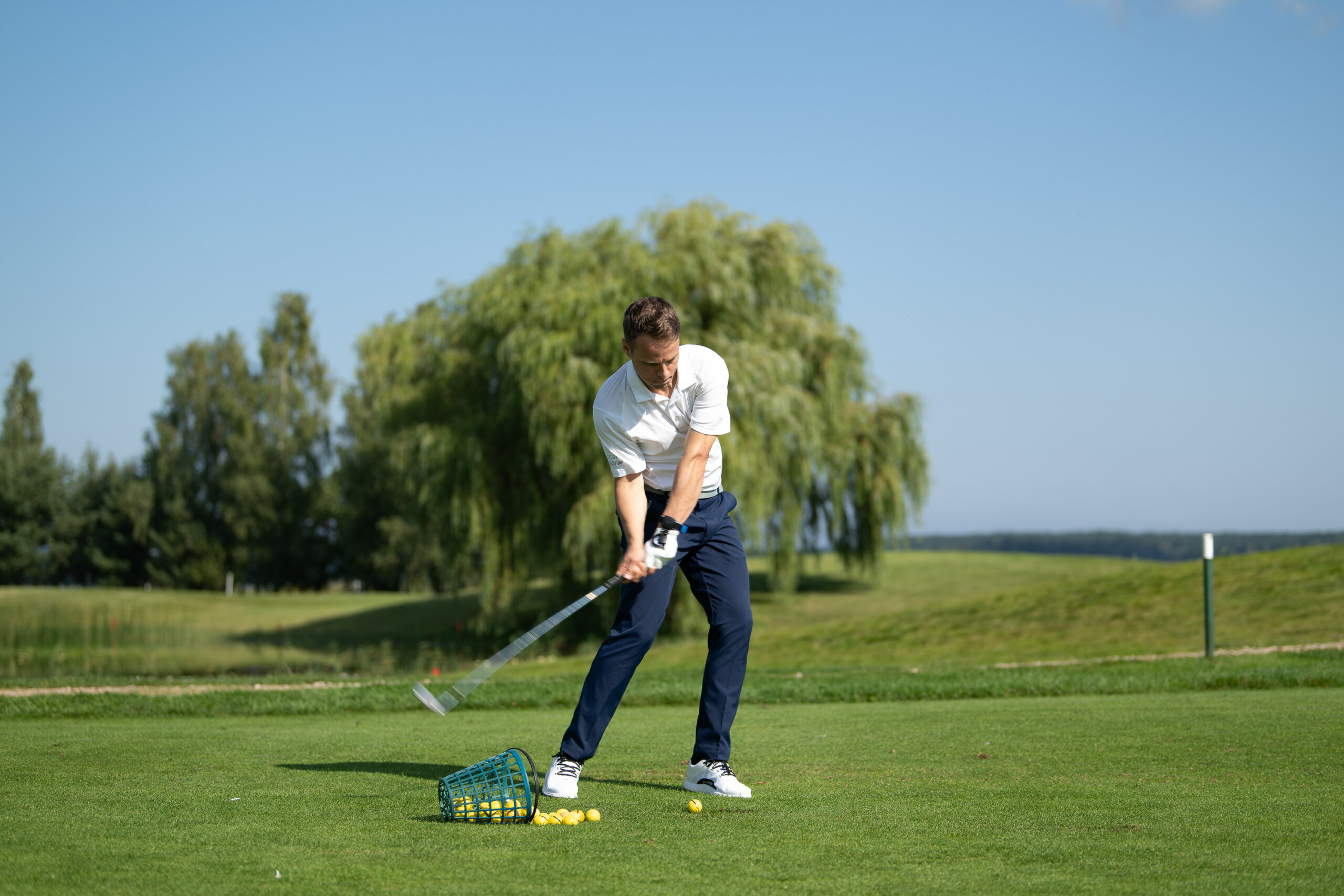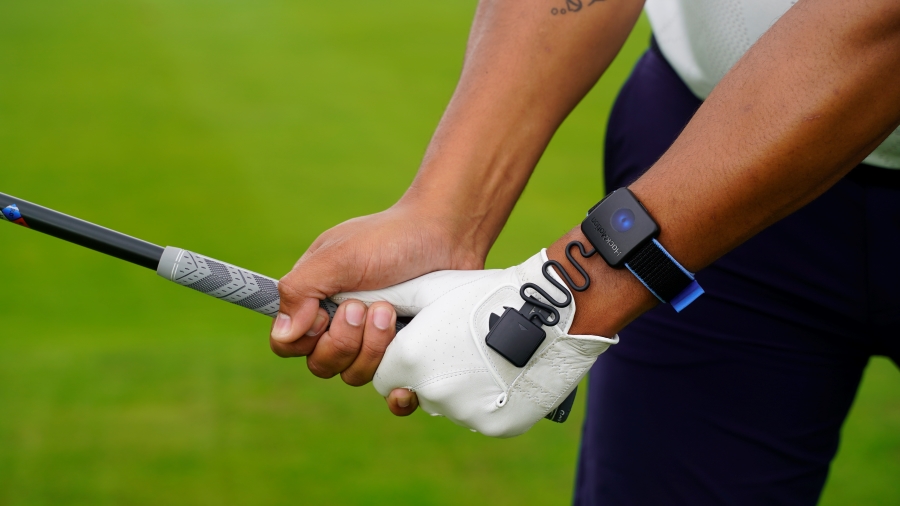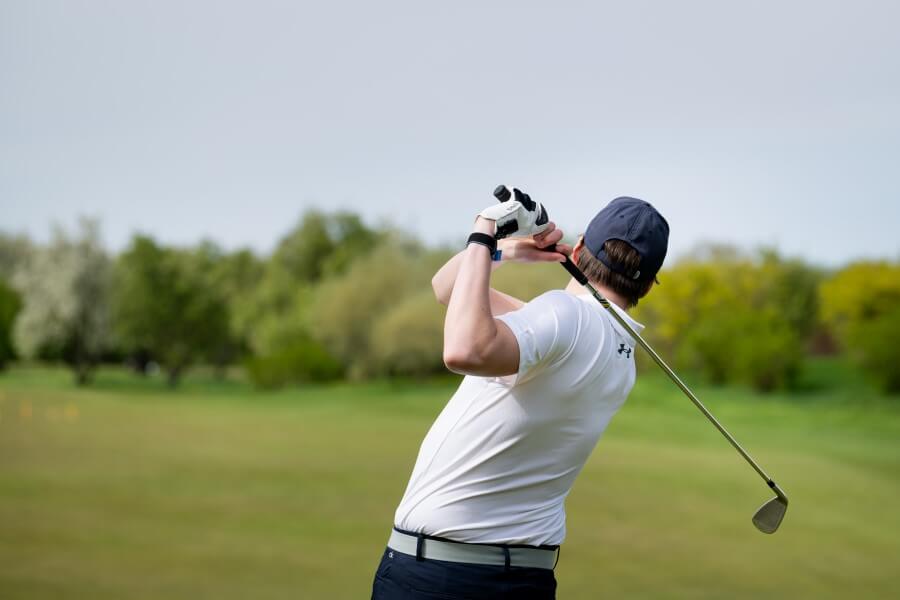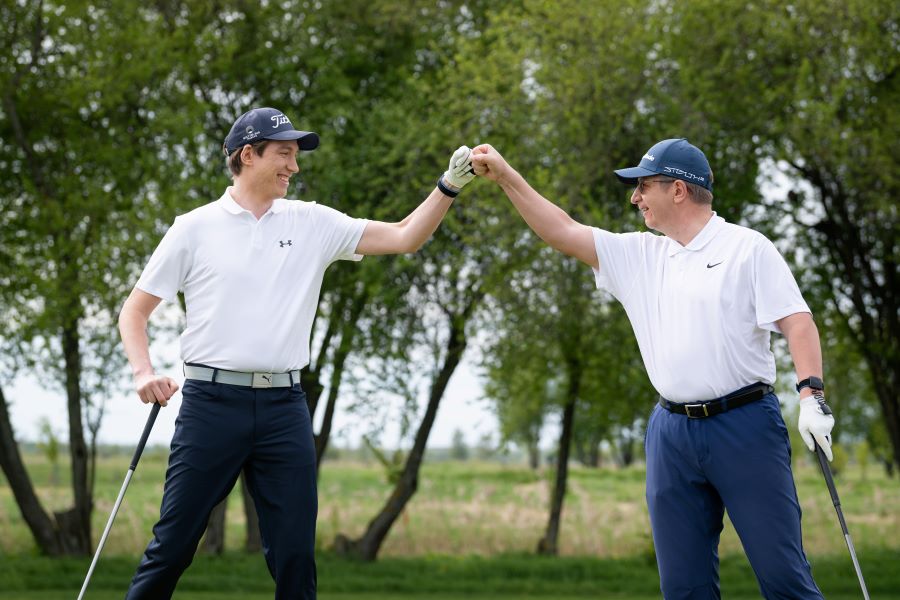Launch Monitor Data Explained (Ideal Numbers + How to Actually Use Them)
Golfers have access to more data than they’ve ever had. This data can help to lower scores, improve accuracy, increase distance, and more.
The problem with some of this launch monitor data is that the average player doesn’t know how to use it.
If you’re lucky enough to have access to stats like club path, dynamic loft, and spin rate, here is the information you’ll need to use them to improve your golf game.
Launch Monitor Data Explained (Key Takeaways)
Take this information with you to understand this launch monitor data. The table below also gives a quick recap of the most important stats to keep in mind.
- Launch monitor data takes the guesswork out of practice. It shows you why the ball flies the way it does, so you can make clear, measurable changes.
- The most important metrics to understand are Ball Speed, Club Speed, Smash Factor, Club Path, Face to Path, Dynamic Loft, Spin Rate, and Low Point Distance.
- Combining launch monitor feedback with HackMotion wrist data connects cause and effect, showing not just what the club did, but how your wrists made it happen.
- Consistency in low point and face-to-path is more predictive of scoring level than raw distance.
- Pair every number with a simple drill. Data alone won’t improve your swing; you’ll need some feedback.
Quick Reference: Ideal Launch Monitor Ranges
| Metric | Ideal Range / Benchmark | What Improves It Most |
|---|---|---|
| Ball Speed | Increases with centered strike; match to swing speed | Centered contact & clean compression |
| Club Speed | Depends on player; prioritize efficiency over chasing mph | Sequencing & tempo work |
| Smash Factor | Driver ~ 1.45-1.50; Irons ~ 1.25-1.38 | Strike location and face control |
| Club Path | Within ±2° of target line | Path drills (barrier or gate) |
| Face to Path | Small positive or negative (±3°) | Lead wrist flexion control |
| Dynamic Loft | Driver: 10-15°; Mid-Iron: 20-25° | Forward shaft lean + wrist control |
| Spin Rate | Driver: 2,000-3,000 rpm; Irons: 5,000-8,000 rpm | Consistent strike + proper loft |
| Low Point Distance | 2-5 in after ball (irons) | Weight forward + flatter lead wrist |
Contents
Golf Launch Monitor Data Explained
Ball Speed
Ball speed is the speed of the golf ball immediately after impact. It’s the best single measure of distance potential.
To improve ball speed, you’ll need centered contact, clubhead speed, the correct face angle, and clean compression.
Golfers looking for more distance should know that even a ¼” miss on the face can cost up to 10 yards.
How to improve:
Ball speed comes from efficient sequencing and solid contact, not from swinging harder. Use HackMotion to improve how your wrists and body work together through impact.
- Use the Transition Drill in the HackMotion app to train better downswing sequencing and wrist control.
- Focus on keeping your wrists stable through impact for cleaner compression.
- Check your launch monitor, higher ball speed with similar club speed means more efficient energy transfer.
- Pair this with consistent center-face contact for the biggest gains.
Smash Factor
Smash factor is one of the most interesting stats for amateur players to learn about. It is the ratio of ball speed to club speed. It measures how efficiently you transfer energy in your golf swing.
Players with great smash factor can have confidence in both their golf swing and the equipment they are playing.
What’s good:
- Driver: ~1.45–1.50
- Irons: ~1.25–1.38
Lower numbers mean glancing contact or off-center hits.
How to improve:
To get a better smash factor in your game, check strike location using foot spray or impact tape. If you’re missing the center, your low point or path may be off. You’ll need to fix those before swinging harder.
Paired with HackMotion, watch for consistent lead wrist position through impact; stability there keeps contact centered.
Club Path
Your club path is the direction the club travels through impact (in-to-out or out-to-in). Along with face angle, it controls shot shape. An extreme path, say, 9° out-to-in, creates large curvature and inconsistent contact.
What’s good:
Within ±2° of zero (neutral) is ideal for most golfers.
How to improve:
To improve your club path, try the Barrier Drill:
- Place a second ball just outside your target ball to block the “over-the-top” path.
- Hit your normal ball without clipping the barrier.
- Check your path number after each shot. Over time, your club path narrows toward neutral, improving both accuracy and contact.
Face to Path
Face to path is the difference between where the face points and where the club is swinging. It determines curvature and start direction.
What’s good:
Predictable within a small range around +1° to +3° for a draw, or -1° to -3° for a fade.
How to improve:
Face to path can be improved using a variety of wrist action drills built into the HackMotion app. One of the best ways to use it here is incorporating the HackMotion into your routine as you work on your golf game.
- Use HackMotion to measure your lead wrist at impact.
- If the face is too open, you’ll see too much extension.
- Train more flexion (flatter wrist) to close the face.
- Hit again and watch how your face-to-path number tightens.
You’ll see straighter shots and better compression without changing your swing plane.
Dynamic Loft
Dynamic loft is the actual loft the club delivers at impact, influenced by shaft lean and wrist angles.
Dynamic loft determines launch, spin, and distance. Too much = floaty high shots. Too little = low spinners that fall short.
The printed loft on your club doesn’t always tell the full story. If you’re coming up short or hitting golf shots that seem too high, dynamic loft is a good place to look.
What’s good:
- Driver: 10–15°
- Mid-Irons: 20–25°
How to improve:
A great way to improve your dynamic loft at impact is to pay attention to impact position and shaft lean. With the irons, ensuring that you have the proper shaft lean through impact can make all the difference.
- Set up with a slight forward shaft lean.
- Keep pressure forward through impact.
- Train your lead wrist to flatten instead of re-extending at impact. Using HackMotion, you can see the flexion change from setup to impact and track improvement in real time.
Spin Rate
Spin rate is the ball’s revolutions per minute. It keeps shots stable in the air and affects carry and rollout. It also matters for your accuracy and short game capability.
Spin is not universally good or bad; instead, you have to learn to manage and control spin.
What’s good:
- Driver: 2,000–3,000 rpm (depending on speed and launch).
- Irons: 5,000–8,000 rpm, but consistency matters more than hitting a specific number.
Low Point Distance
Low point distance measures how far before or after the golf ball your swing reaches the lowest point in its arc.
It’s one of the most important metrics in golf because it directly correlates with handicap and contact quality.
- A low point before the ball means you’re hitting the ground first, which can cause fat or thin shots.
- A low point after the ball means you’re striking ball first, then turf, which is the sign of a better player.
For a mid-iron, a good target is about 4 inches after the ball, while longer clubs (like fairway woods or hybrids) will be slightly less. Better players not only have the low point farther forward they also deliver it consistently within a very tight range swing after swing.
What’s good:
- Irons: 2–5 inches after the ball (4 inches is ideal).
- Hybrids/Fairway woods: 1–3 inches after.
- Driver: Slightly before the ball (since you’re hitting on the upswing).
How to improve:
To move your low point forward and tighten consistency, focus on weight shift and lead wrist flexion.
- Shift pressure to your lead side through impact to help the club bottom out after the ball.
- Use HackMotion to track lead wrist flexion vs. extension from setup to impact. Your goal is to have more flexion (flatter wrist) at impact than at address.
- Start slowly with short swings, keeping weight forward and the lead wrist flat through the ball.
- Check your launch monitor your low point should move progressively forward as contact quality improves.
Why Launch Monitor Data Matters
Launch monitors give you objective truth. They measure impact, the moment that determines ball flight.
Whether you use a TrackMan, GCQuad, Mevo+, or another system, your data tells the story of impact physics, not just feel.
The key is to focus on a handful of data points that map directly to contact quality, direction, and trajectory.
When paired with HackMotion wrist data, you see both sides of the story:
- Launch monitor = outcome (path, face, spin, loft, low point).
- HackMotion = cause (lead wrist angles, flexion, extension, rotation).
| Tool | Tells You | Example Use |
|---|---|---|
| Launch Monitor | What the club and ball did | Face-to-path too open (+6°) = slice |
| HackMotion | Why it happened | Lead wrist extension +10° at impact caused the face to stay open |
How to Use Your Launch Monitor to Get Better
Now that you know some of these important metrics, here are some resources to help you practice and improve.
Full-Bag Audit
Hit 4–10 shots per club and record carry and total. Look for:
- Even gaps (10–15 yards for irons; 15–20 for woods/hybrids).
- Dispersion bias—are most misses left or right? Adjust aim accordingly.
This process reveals where you lose strokes and what to train next.
The Distance Game
Run this with multiple clubs once a week. Track your “score” and celebrate progress like a leaderboard. It’s one of the fastest ways to ingrain consistent speed and spin.
How to Play:
- Pick one club—start with your 8-iron or pitching wedge.
- Hit 10 shots, trying to land each one at your stock carry distance (for example, 150 yards).
- After each shot, note how far it traveled. You score 1 point for every yard you are short or long. Example: 147 yards = 3 points, 155 yards = 5 points.
- Add up all 10 scores—your total should be as low as possible.
The Direction Game
Use your simulator’s centerline as a visual barrier. Try to hit 10 shots that stay on one side of it.
- Faders: keep all shots right.
- Drawers: keep all left.
Final Thoughts
Launch monitor data can be overwhelming at first, but it’s one of the most powerful tools for real improvement when you know what each number means.
By combining your launch monitor with HackMotion wrist feedback, you get both sides of the story, what happened at impact and why it happened.
Use your data to guide practice, not to chase numbers. Work on one metric at a time, track your progress, and use drills like the Transition Drill, Faldo Drill, and Motorcycle Drill to make mechanical changes measurable.
With consistent feedback, you’ll start to see the small adjustments that lead to more consistent, powerful, and repeatable golf shots.
If your launch monitor numbers still feel confusing, a certified golf coach using HackMotion can show you which metrics actually matter and how to improve them.
